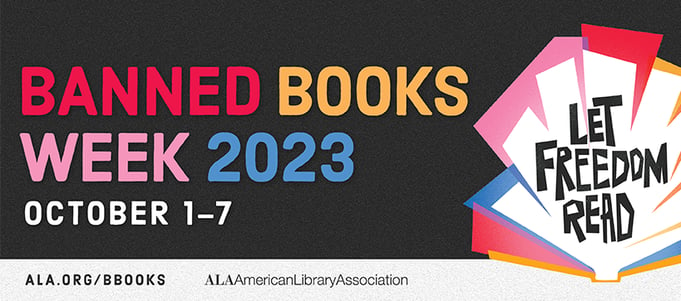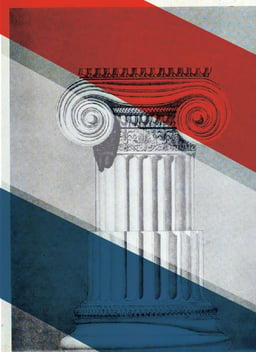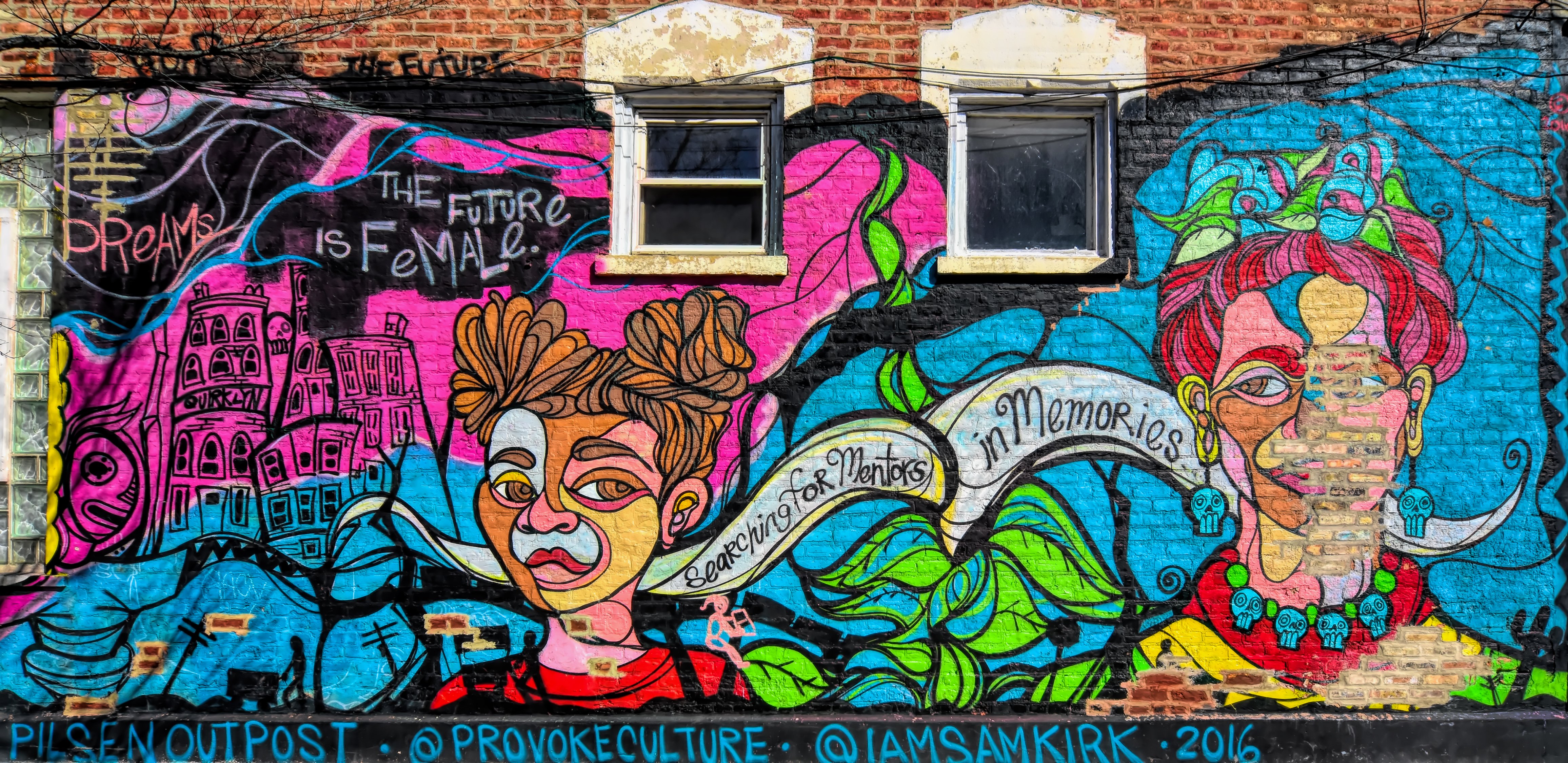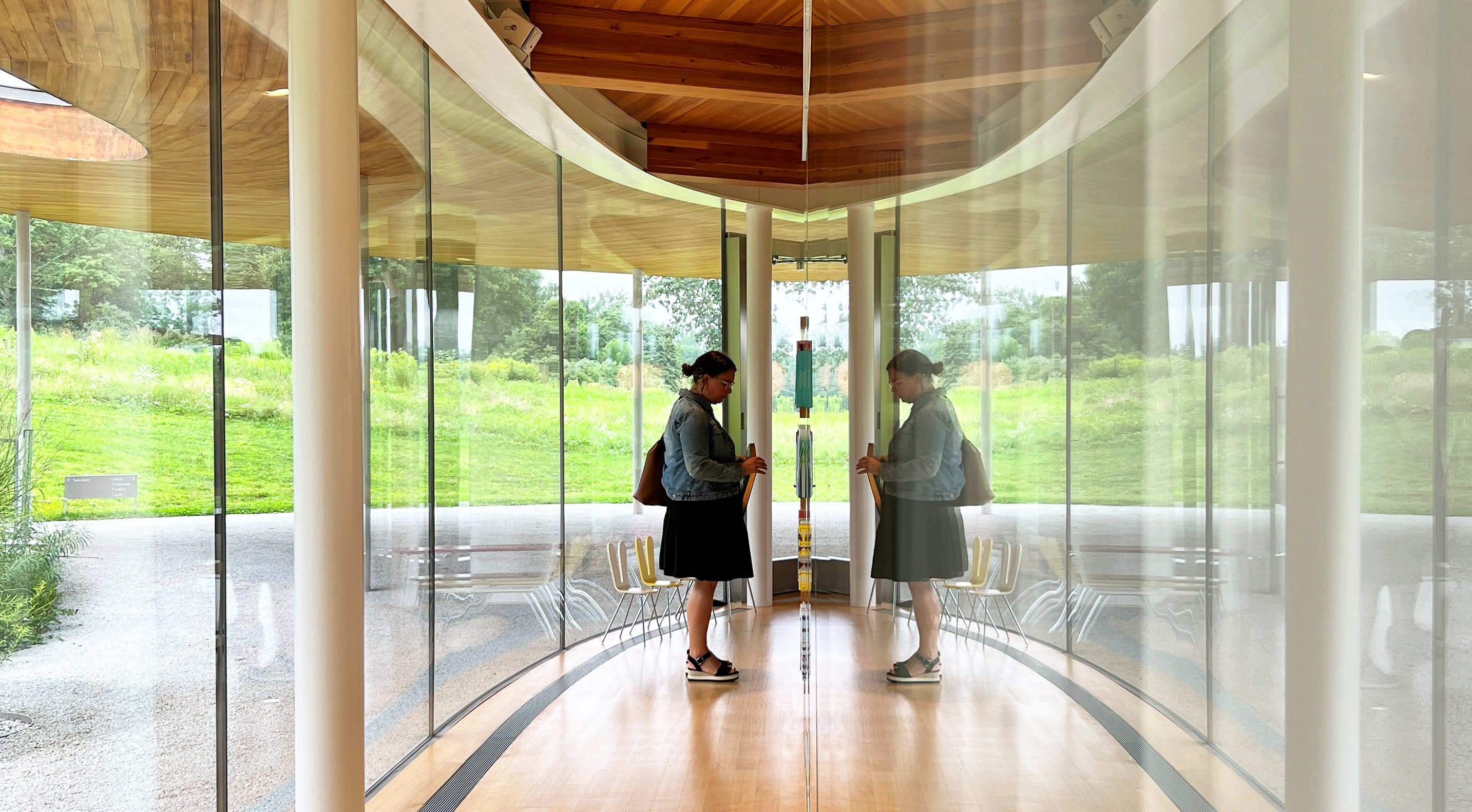By: Laura Meade
Banned Books Week, an annual celebration of the freedom to read and access ideas, is a crucial event in the cultural calendar. It serves as a stark reminder of the power ideas can hold, and the relentless fight by some to suppress them.

Yet, while literature and thought are the primary focus of this week's commemoration, I want to also acknowledge the paradoxes and omissions in the realm of architectural discourse.
I'd like to confront the enigmatic tale of the February 2020 executive order, "Making Federal Buildings Beautiful Again," a clumsy attempt to codify an official federal architectural style within the American General Services Adminstration (GSA).
Thankfully, no one managed to press the big red launch button.
Modern architecture, with its radical rejection of traditional forms and embrace of industrial materials and technologies, was met with both acclaim and opposition during the 20th century. While celebrated for its innovation and potential to shape a new world, it was also condemned as a threat to established architectural traditions. It's from this resiliently pervasive and turbulent context that a proposed ban on modern architecture reemerged as recently as a few years ago.
The proposal, often attributed to a coalition of conservative architects, influential figures in American politics, and a healthy dose of White Colonialism, sought to restrict the practice of modern architecture and protect the cultural heritage of The Past. The order required the GSA to convene public panels for feedback on design proposals. No experts were allowed: The order forbade “...artists, architects, engineers, art or architecture critics, members of the building industry...” and others involved with our field from participating in these panels. However, despite debate and lobbying efforts, the executive order was never officially signed into law. Its legacy remains enigmatic, as it raises questions about the limits of architectural freedom and the role of public opinion in shaping our future's built environment.

The hopefully permanent absence of a federal stylistic order allows for the continued evolution of architectural thought and the coexistence of diverse architectural styles. It enables architects to push the boundaries of design, experimentation, and innovation, unencumbered by oppressive restrictions. It preserves the democratic principle that architectural discourse should be open to a wide spectrum of ideas and approaches.
"Architecture should be designed for the specific communities that it serves, reflecting our rich nation’s diverse places, thought, culture and climates," the official press release from the AIA reads. "Architects are committed to honoring our past as well as reflecting our future progress, protecting the freedom of thought and expression that are essential to democracy.”
In the spirit of Banned Books Week, we must recognize that the freedom to explore, question, and create is essential not only in literature but also in architecture. The spooky campfire tale of the unsigned design ban serves as a poignant reminder of the enduring struggle for creative expression and the importance of safeguarding the freedom to design and build our world.





